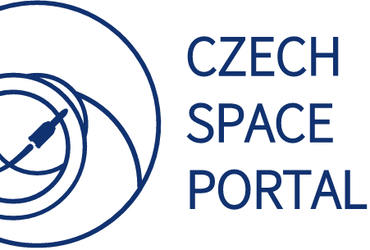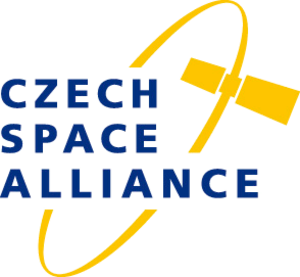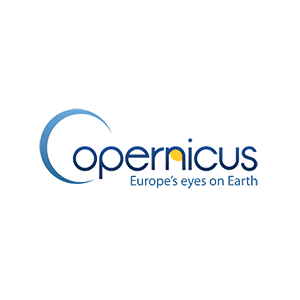Přistávací modul mise ExoMars byl pojmenovaný Schiaparelli
Průletový, sestupový a přistávací demonstrační modul, který poletí na misi ExoMars v roce 2016, byl pojmenovaný Schiaparelli. Stalo se tak na počest italského astronoma Giovanniho Schiaparelliho, který se zapsal do historie v 19. století zmapováním povrchových útvarů na Rudé planetě.
ExoMars je společný podnik ESA a ruského Roskosmosu. Skládá se ze dvou samostatných výprav, které se vydají k Marsu v letech 2016 a 18.
Orbitální sonda TGO (Trace Gas Orbiter) a výsadkový demonstrátor Schiaparelli vytvoří misi v roce 2016. A mobilní robot společně s přistávací platformou bude vypuštěný v roce 2018. Orbitální sonda a mobilní robot budou společně hledat známky minulého i současného života.
Schiaparelli odzkouší klíčové evropské technologie pro řízené přistání na Marsu. Do atmosféry planety vstoupí rychlostí 21 tisíc km/h, přičemž použije padáky a brzdicí motory ke snížení rychlosti na méně než 15 km/h před přistáním, ke kterému dojde o osm minut později.
Modul bude sbírat data o atmosféře během vstupu a průletu, přičemž přístroje provedou pozorování v místě přistání. Tím je oblast planin známá jako Meridiani Planum.
Mise z roku 2016 dorazí k Marsu během období, v němž jsou sezónní prachové bouře nejpravděpodobnější. Proto nám měření získaná během přistání poskytnou důležité informace pro zlepšení modelů atmosféry a mechanismů, které právě bouře spouštějí.

„Když vezmeme v úvahu význam průkopnických pozorování Marsu provedených Giovannim Schiaparellim, nebylo těžké rozhodnout se pro použití jeho jména pro modul mise ExoMars, který bude dláždit cestu pro budoucí průzkum Rudé planety,“ řekl ředitel ESA pro vědecký a robotický průzkum Alvaro Giménez.
Pojmenování doporučila skupina italských vědců, kteří svůj návrh předložili prezidentovi italské kosmické agentury ASI, který jej následně předložil ESA. Itálie je největší evropským podílníkem v programu ExoMars.
Giovanni Virginio Schiaparelli (1835–1910) was an accomplished scientist who dedicated much of his career to cataloguing and naming the surface features of Mars. During the ‘Great Opposition’ of 1877, when Mars was relatively close to Earth, he surveyed the planet by eye through a telescope and sketched a network of linear features that he saw running across the surface. He assumed that these were natural water-filled channels and used the equivalent Italian word, ‘canali’.
This term was often translated into English as ‘canals’, leading to considerable speculation about whether a network of artificial watercourses had been excavated by an intelligent civilisation on Mars, perhaps for irrigation purposes.
However, many of the linear features seen and drawn by Schiaparelli and others, most notably Percival Lowell, were argued to be optical illusions resulting from observations by eye. Later photographic images of Mars did not show them and the arrival of the first space probes at the planet in the 1960s confirmed it to be the cold, dry place we know today.

Nevertheless, as a result of further space exploration, including ESA’s Mars Express, we also now know that, deep in the Red Planet’s past, water did flow freely in naturally-formed rivers and valleys, in some way vindicating Schiaparelli’s original hypothesis. He also set a precedent for documenting features on planets, and many of the names he proposed for the major landscapes of Mars are still in use today.
Schiaparelli is also well known for working out that regular annual meteor showers emanating from specific regions of the sky are due to Earth’s orbit intercepting trails of debris left by comets as they make their way through the Solar System. He also made accurate measurements of the rotation periods of Venus and Mercury and was a strong believer in the importance of science popularisation: he wrote books on astronomy and often gave public lectures.
“Schiaparelli’s dedication to planetary science and to the communication of science was recognised worldwide and, as such, we want to celebrate his achievements by naming a key part of the ExoMars mission after him,” says Rolf de Groot, Head of the Coordination Office for the Robotic Exploration Programme at ESA.
He adds: “The Schiaparelli module will not only provide Europe with the technology for landing on Mars, but will also give us a taste of the atmosphere and insight into the local environment at a new location on the planet’s surface – exploration that Giovanni Schiaparelli could only have dreamed of over 135 years ago when he first started sketching the Red Planet.”
For further information, please contact:
Markus Bauer
ESA Science and Robotic Exploration Communication Officer
Tel: +31 71 565 6799
Mob: +31 61 594 3 954
Email: Markus.Bauer@esa.int
Rolf de Groot
Head of the Coordination Office for the Robotic Exploration Programme
Tel: + 31 71 565 8106
Email: Rolf.de.Groot@esa.int







